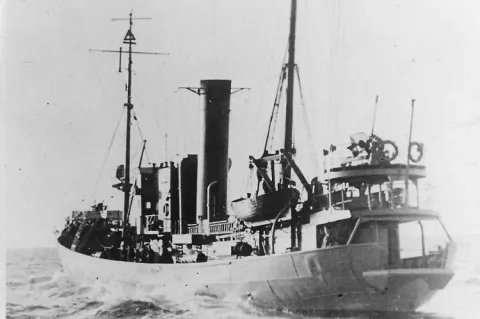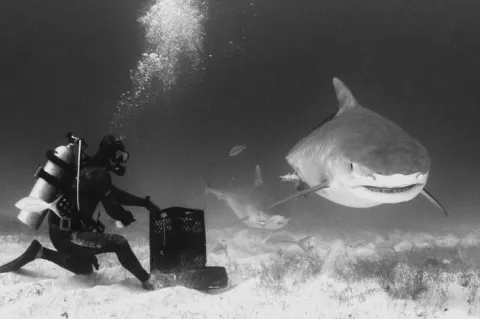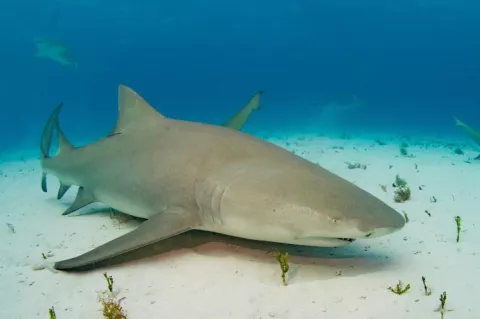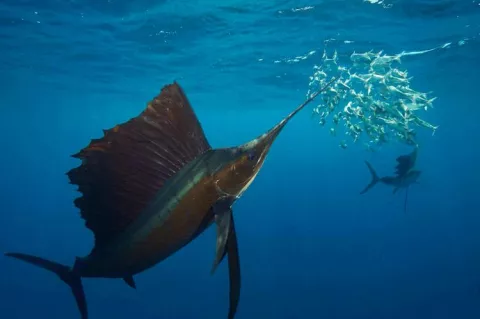Abandoned WW2 wrecks leak toxic chemicals in the North Sea
The V-1302 John Mahn was a fishing trawler requisitioned by the German navy during the Second World War and sunk by UK bombers in 1942. It has rested at 30 metres below sea level in the Belgian North Sea ever since.
Together with the Royal Belgian Institute of Natural Sciences, bio-engineer Josefien Van Landuyt examined samples of sediment in the area around the sunken John Mahn. In doing so, she aimed to discover whether old shipwrecks in the Belgian section of the North Sea continue to affect microbial marine life.





